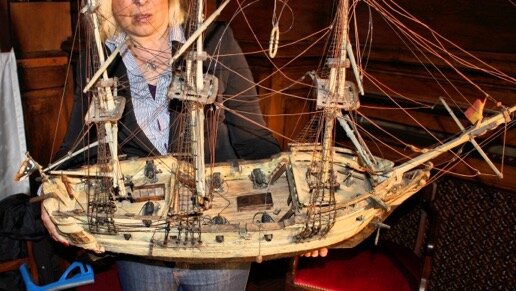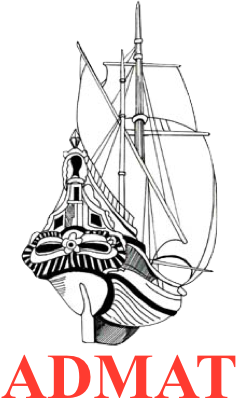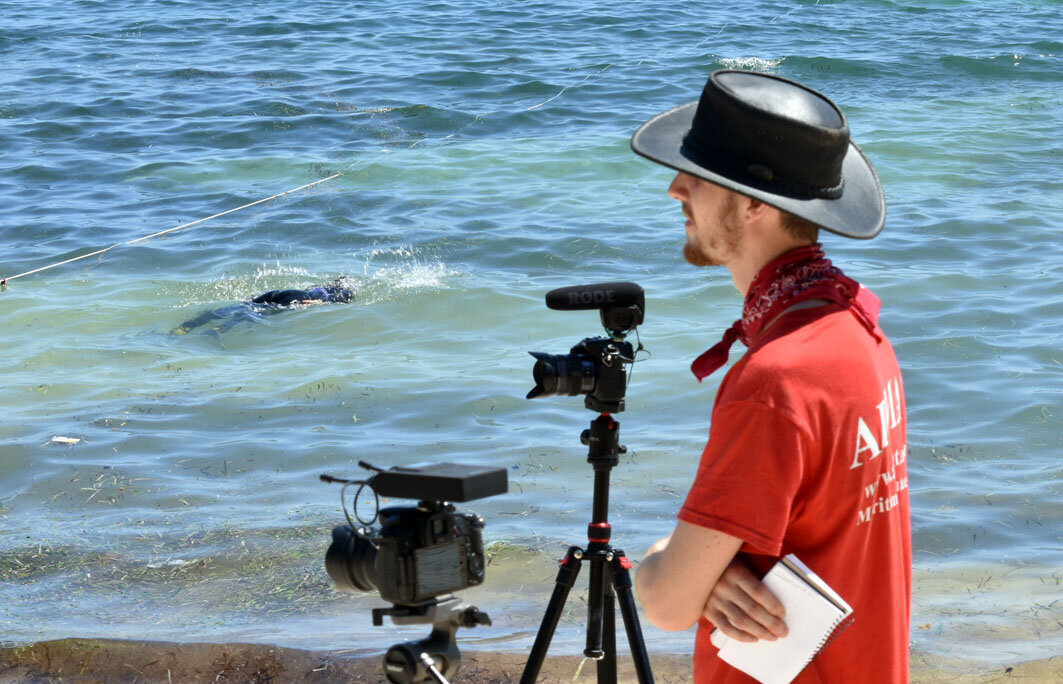Le Dragon Wreck 2019 Project
The Wreck Site Continued.
Whenever ADMAT are at the Centre working we get numerous visitors to look around and have guided tours of the artefacts being conserved. One morning while Raimund Krob and the Team went to the wreck, Dr Spooner remained at the Centre to give a private tour of the artefacts to the Honourable Robin S Bernstein, American Ambassador to the Dominican Republic. The Ambassador arrived with her staff at ADMAT’S Maritime Archaeological Centre and was given a personal tour as well as being informed of all the latest discoveries on the Le Dragon Wreck site and in the archives, which was well received.
With Director-General Juan Lopez and Director Francis Soto both from ONPCS, joining the Team for three days, it was a great opportunity to show them both what had been achieved during the survey.
Raimund Krob continued showing them how to use the drone for great effect. The ability for seeing the wreck site from a “birds-eye” view is really useful in enabling the Team to get a full understanding of the wrecking process.
Connor Grzesiak was filming and interviewing some of the team as well as Francis Soto which we were very pleased to have. Francis is used to being filmed and interviewed by National Geographic and had some excellent things to discuss on the wreck of Le Dragon and the protection of underwater cultural heritage in the Dominican Republic. Doing piece to camera on the beach was a challenge with the constant strong wind which tested our new lapel microphones to the fullest.
A three-pounder cannonball was located on the survey grid which would have been the stern section. Talking into account the ex-voto model Dr Florence Prudhome located and researched as a model of Le Dragon built-in 1783, we now believe that there is a strong chance there were 3 pdr cannons on the quarterdeck as the secondary armament.

Dr Florence Prudhomme with the ex-voto of Le Dragon in Ostend.

The quarter deck on Le Dragon ex-voto model.
The model showed these but so far we have no information on them. We know the main armament was 9 pdrs and that these were a set of Carron Scottish cannons and we have the dates that these were made. They were also probably the last batch of “Long Nines” as the following year the caron Iron Company produced a new type of cannon which had a shorter barrel and could fire a heavier ball although over shorter distances. These new cannons which were a mixture of a cannon and mortar were called “Carronades” after the Carron Iron Company in Falkirk Scotland. These cannons were popular with the American Continental Navy as they had less recoil. In action, this enabled the Americans to have more men on deck ready to board and capture the enemy vessel. The Continental Navy had few ships and therefore the process of having prize crews on board to capture the opposing ship was their main strategy.
Director-General Juan Lopez showing a probably 3prd cannonball which may be from the Le Dragon’s secondary armament. This was new information and may give us an indication of the size of the cannons on the quarter deck. The 3 prd was a French calibre, the English used a 4 pdr which allowed them to use French cannonballs if captured with plenty of wadding but not let the French use captures 4 pdr balls.

























